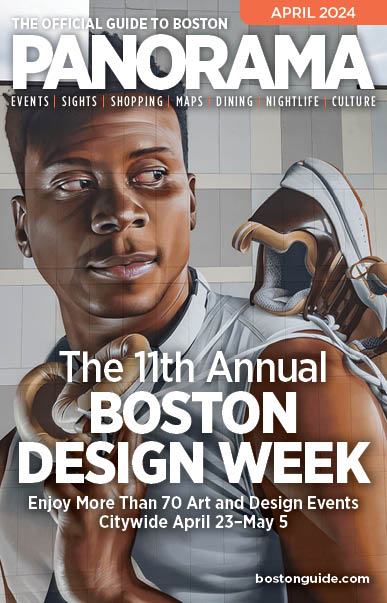
As another anniversary of one of the most important events leading up to the American Revolution is once again upon us, it’s a good time to take a look at one of Boston’s most overlooked monuments. Located on Boston Common about a half mile from the place where the event it commemorates happened, the Boston Massacre Memorial is easy to miss, yet the story behind it remains a compelling tale over changing attitudes toward what is now regarded as a landmark occurrence.
The Boston Massacre—an incident in which five colonists who had been part of an angry mob were shot dead by British soldiers—occurred on March 5, 1770 just outside the building now known as the Old State House. Part of the famed Freedom Trail that commemorates several sites pivotal to the formation and development of this country, a cobblestone circle marks the spot of this bygone tragedy. A movement began in the 19th century, however, to create a more substantial memorial to the massacre’s victims. As hard as it may be to believe today, this was not a popular idea at the time, as some viewed the slain citizens as mere rabble rousing rioters, and not true patriots to the cause. This may have been due to the fact that the departed were of the lower classes, with one, Patrick Carr, having been an Irish immigrant, while another, Crispus Attucks, was of African American and Native American descent.
Despite such prevailing attitudes towards race and class, the monument, designed by Robert Kraus, was eventually erected in 1888 using public funds after it was championed by many prominent citizens, including both black and white abolitionists. No one seems quite sure why it is located so far from where the Boston Massacre happened, but there is some speculation that since the actual location of the bloody clash wasn’t feasible, the spot along Tremont Street where the sculpture sits merely provided the most convenient one available. Regardless, the granite, 25-foot-high column is adorned with a bronze representation of Liberty—holding an American flag, a broken chain and stepping on a British crown for emphasis—that was inspired by a famous painting by French artist Eugène Delacroix. Along the base is a bronze bas-relief of the massacre itself and the names of the victims—Attucks, Carr, James Caldwell, Samuel Gray and Samuel Maverick—who are now properly regarded as the first martyrs of the revolution.


